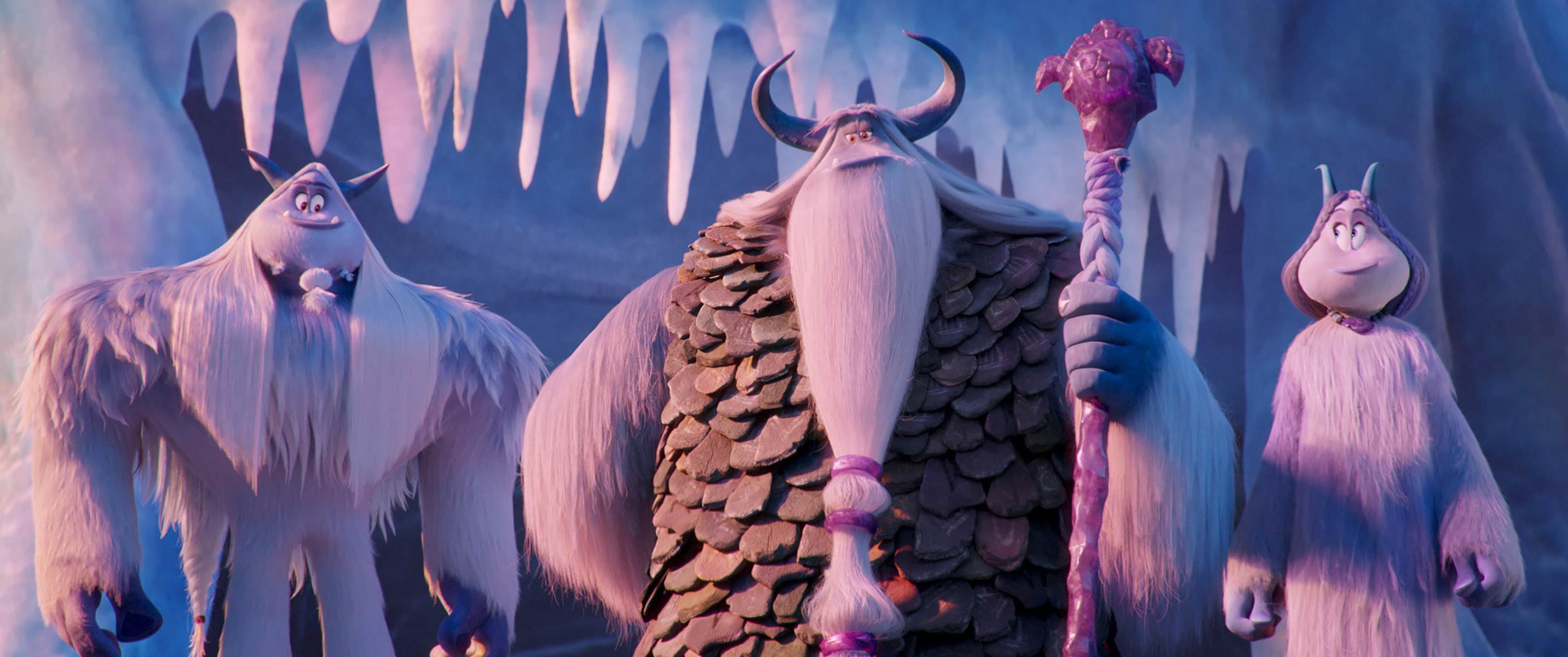The filmmakers’ vision of creating emotionally driven performances balanced with a sense of the Loony Toons lineage was an exciting challenge for Imageworks artists. First, artists had to visually determine scale, with the Yetis standing much taller than the human characters.
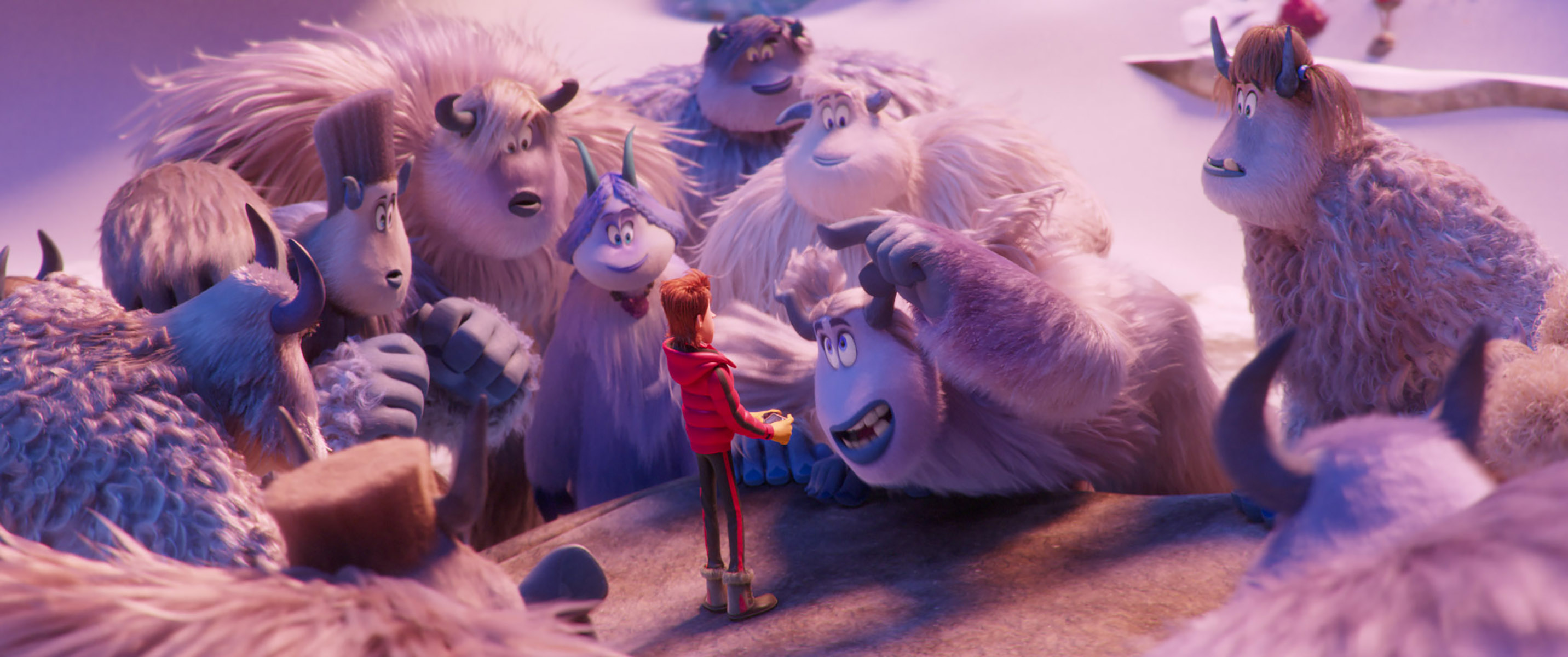
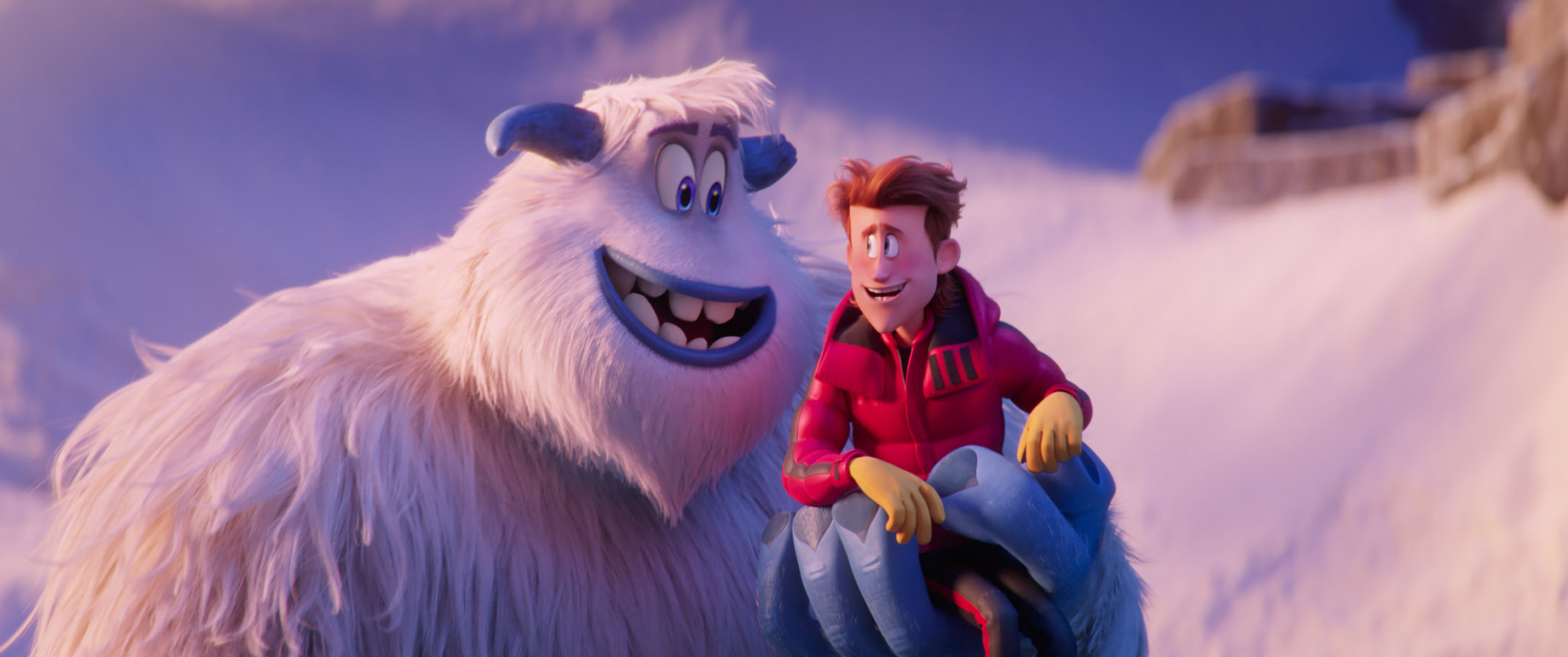
To visually enhance the height difference, we found that we needed to see the individual hairs of the Yetis. To achieve this we developed a new hair shader which allowed artists to create a higher fidelity to our hair and expand the number of looks. The hair dynamics pipeline also was updated to support the wider range of performances and the density of furry characters in each shot.
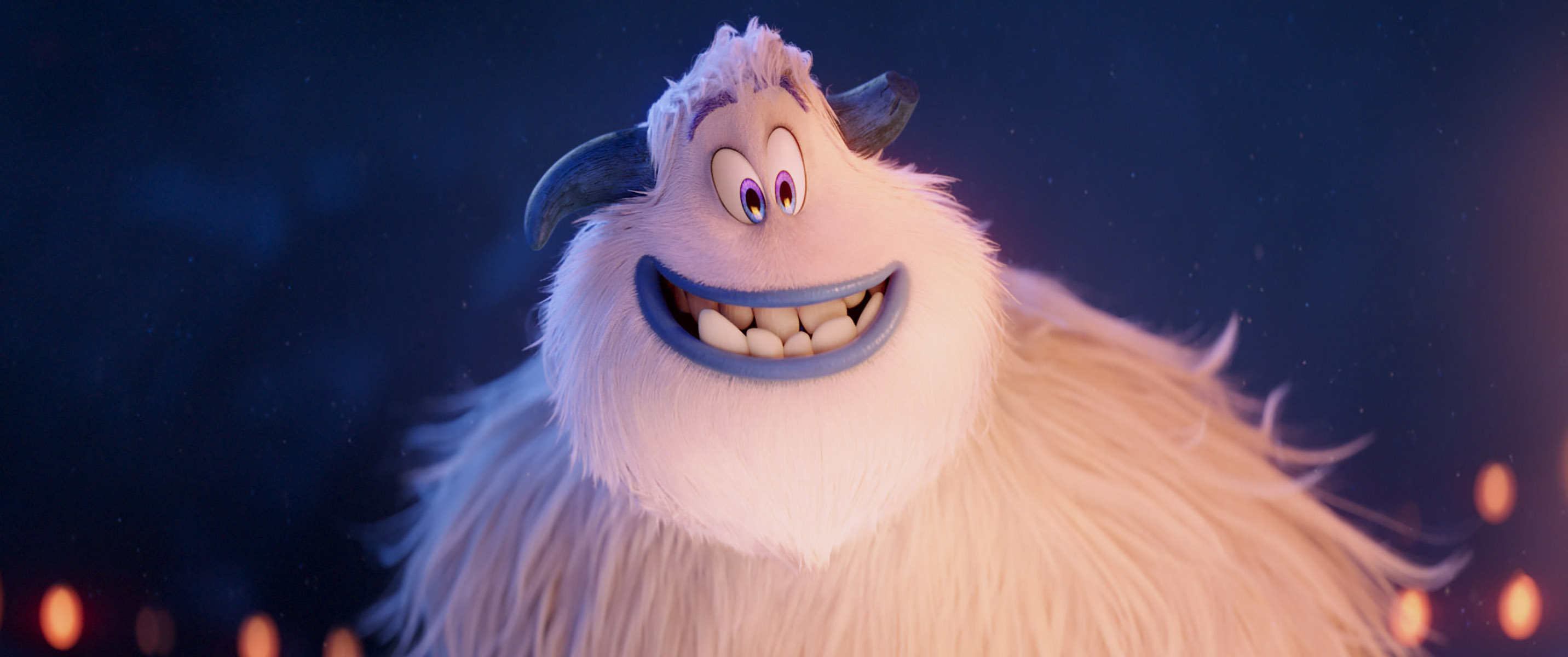
Meechee’s multi-layered braids added another level of complexity as they needed to be posed and simulated to get the specific motion the filmmakers were looking for. We approached her design with the idea that her long body hair was a dress made of two panels of cloth, layered over each other on both the front and back. We then setup a process in which our animators could control these panels as needed to pose the complex shapes as she sat or spun.
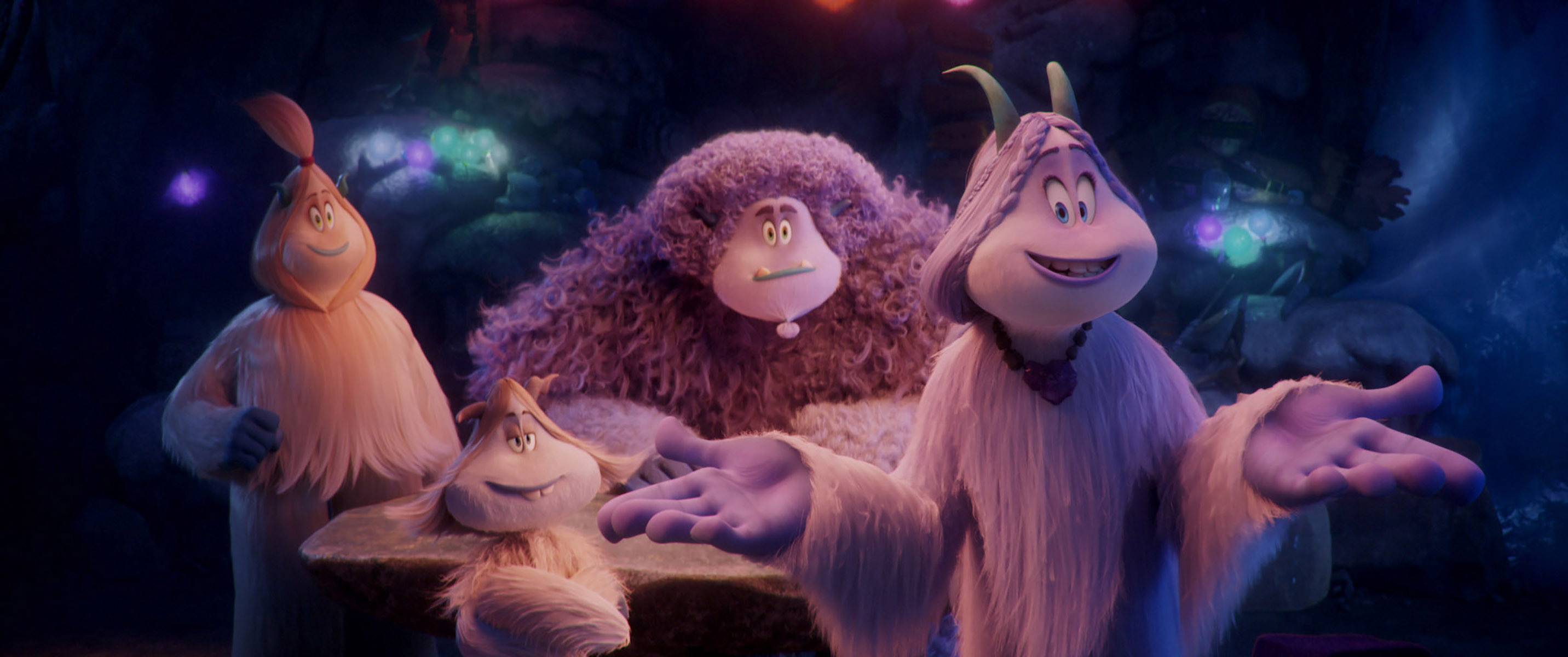
A significant part of the Stonekeeper’s development was establishing a balance with the number, size, and distribution of the stones he would wear. They needed to feel monolithic while being flexible enough to allow freedom of movement and not encumber the character’s emotional performance. Our goal was to always provide fluid motion while enhancing the sense of the weight he was carrying.
